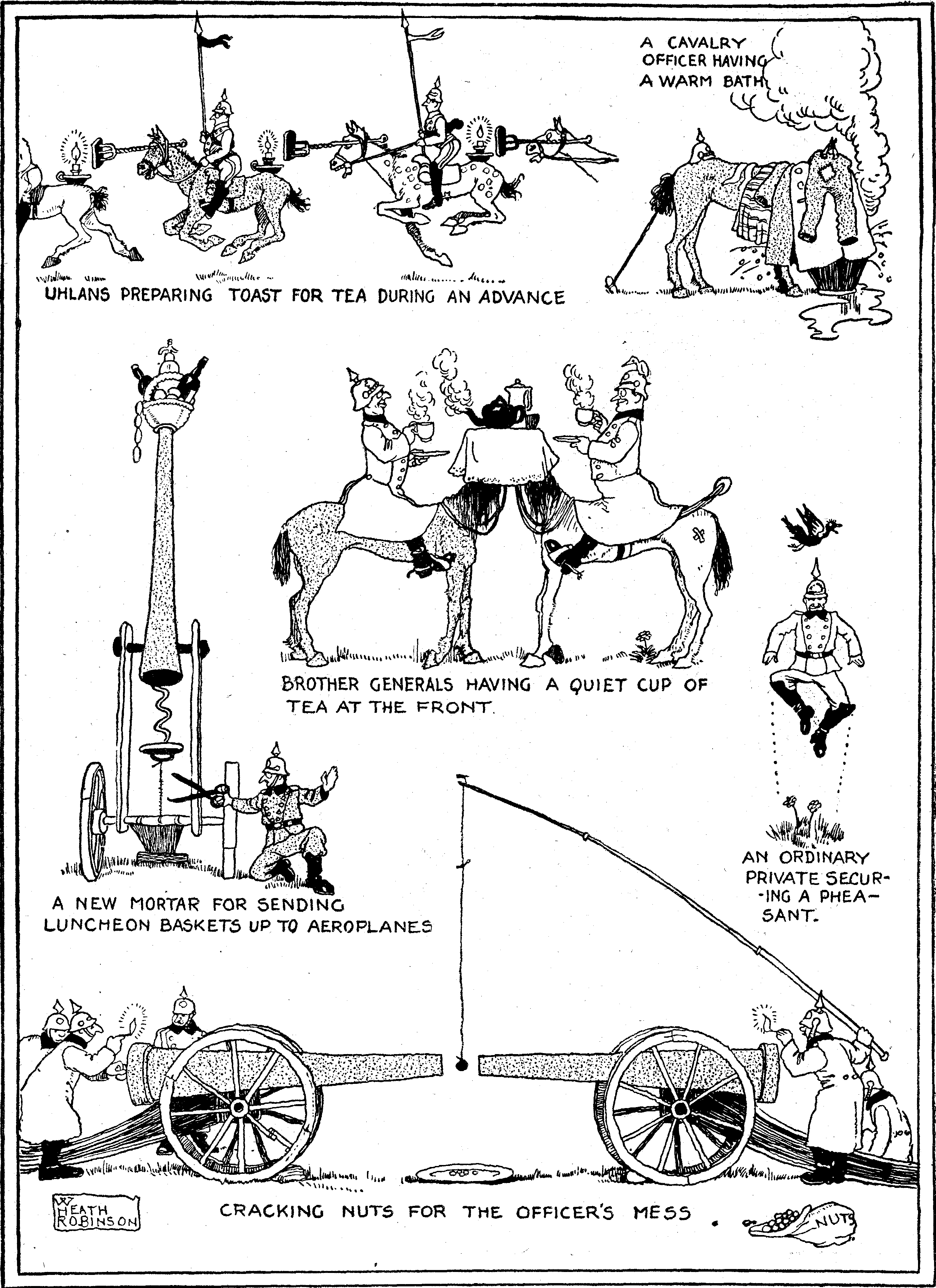Guide to open source development in the cloud!
An O’Reilly survey, commissioned by IBM in Fall 2020, pointed out that, when choosing cloud providers, 70% of respondents prefer one based on open source. The survey went on to say:
| Developers who want to develop cloud applications should work on honing their open source skills, which underly every major cloud platform, instead of only focusing on building skills for a proprietary cloud. |
The most desirable open source skills are those related to Linux (containers), artificial intelligence and machine learning, and data storage.
This goals of this guide(Text by IBM / Apache Licensed, 2021) are to provide:
-
Comprehensive learning for hybrid cloud and multicloud developers.
-
A cloud-neutral view of how various clouds are using open source in their offerings.
-
The MACH technology: Microservices based, API-first, Cloud-native SaaS and Headless.
Open source refers to an openly distributed program code (including codes that are free of charge) that can be utilized and modified by the end user without restriction.
|
There is also now solid metrics data from Google’s Project Zero, Google’s security research team, that Linux developers are doing a faster job of fixing security bugs than anyone else, including Google. The researchers found that open source developers fixed problems on Linux in just 25 days on average (Google 44, Mozilla 46, Apple 69 and Microsoft 83!). In addition, Linux developers have improved their speed in repairing security vulnerabilities from 32 days in 2019 to just 15 in 2021. See Bug fix time here |
Intro docker
Alternatives to Docker
| Apptainer/Singularity - Simply the best Container system for HPC |
Singularity can be used with Docker images. This feature was included because developers use and really like using Docker and scientists have already put much resources into creating Docker images.
Features:
-
Use a Docker image instantly as a Singularity image
-
Pull a Docker image
-
Build images with bases from assembled Docker layers
Next Step DockerSwarm
Next Step Storage
On memory - Key-value
etcd vs. Redis
Like etcd, Redis is an open source tool, but their basic functionalities are different.
| Redis | etcd |
|---|---|
Redis is an in-memory data store and can function as a database, cache, or message broker. Redis supports a wider variety of data types and structures than etcd and has much faster read/write performance. |
etcd has superior fault tolerance, stronger failover and continuous data availability capabilities. |
Redis is better suited for serving as a distributed memory caching system than for storing and distributed system configuration information. |
etcd persists all stored data to disk. |
Code as a Service (CaaS)
Ansible
Ansible is an open source automation software promoted by Redhat Corporation. In addition, to cloud provisioning, it assists in application development, intra-service orchestration, and configuration. Ansible uses the simple programming language YAML to create playbooks for automation. Ansible has many modules that integrate with the most common cloud solutions such as AWS, Google Cloud Platform (GCP) and VMware.
Teraform
Terraform is an infrastructure as code software by Hashi Corporation. It primarily focuses on creating data center infrastructure that is provided by large public clouds. Teraform utilizes JSON language to define infrastructure templates with integrations such as AWS, Azure, GCP, and IBM cloud.
-
You can find a ready-to-use example for Ansible in swarmlab.io-→Labroom-→Linux in examples directory
Et cetera
-
Project Gutenberg - >60,000 free eBooks)
-
openbooks library - >11.458 ελληνικά e-books
Last but not least
KISS
KISS [Wiki] [Wiki] [The Unix Philosophy in One Lesson] is related to a fair number of other famous quotes, phrases and principles. Among them:
-
Occam’s Razor - “Among competing hypotheses, the one with the fewest assumptions should be selected” (but often restated as “The simplest solution is most likely the correct solution” which is not quite the same thing).
-
Albert Einstein’s – “Make everything as simple as possible but not simpler” (it is possible that Einstein never actually said this and it was actually a paraphrase of something he said during a lecture but the principle remains sound).
-
Leonardo Da Vinci’s – “Simplicity is the ultimate sophistication” (when, perhaps, the greatest designer in history offers this advice, it’s almost certainly good advice).
-
Ludwig Mies Van Der Rohe’s – “Less is more” (Mies was a highly respected architect and peer of the better known Frank Lloyd Wright)
-
Bjarne Stroustrup’s “Make Simple Tasks Simple!” (Stroustrup is a Danish computer scientist and highly regarded academic).
-
Antoin Marie Jean-Baptiste Roger, comte de Saint-Exupery’s - “It seems that perfection is not reached when there is nothing left to add but when there is nothing left to take away.”
